There are two ways to insert matrix in Microsoft Word. First method is by using Graphical User Interface (GUI) of Microsoft Word and the second is by using equation editor shortcut.
GUI: User Friendly Method
This method is user friendly. Steps to insert matrix are as follows.
- Get equation editor, From Insert Tab, click on Equations
- To insert enclosing brackets for matrix, click on equation editor and navigate to Design Tab, and click on Bracket icon and select desired brackets from the drop-down
- Then click on the empty box between then brackets, and from the Design Tab, click on the Matrix icon and select the matrix as per required dimension.
- Fill in the elements of the matrix as desired. You can also use arrow keys to navigate cells of the matrix.
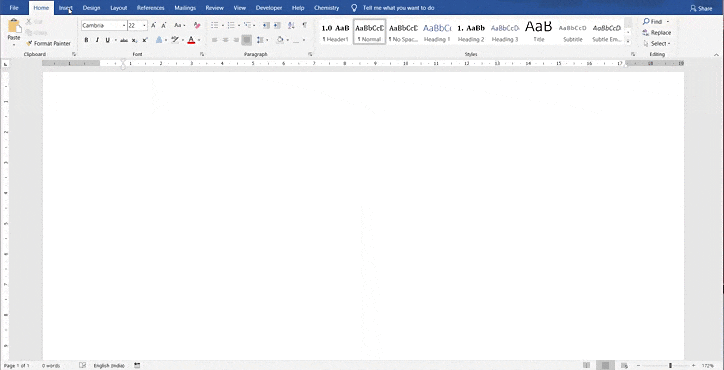
Math Autocorrect Shortcut: The Fastest Method
Though, GUI method is user friendly, it’s not efficient. When you need to type Matrix regularly, to save time and effort, the Math Autocorrect shortcut for Equation Editor should be the preferred method.
This method also requires equation editor. You can get it by navigating to Insert Tab and clicking on Equation or use Alt+= (shortcut for equation editor). Using Equation Editor shortcut (\matrix, \pmatrix and \Vmatrix), you can get empty matrix (that can be filled later) inside a variety of brackets or a matrix with elements.
Note that all the shortcut describe only works inside equation editor.
Empty matrix inside different brackets
Equation editor shortcut allows creating an empty matrix of any desired dimension.
- Matrix dimension is denoted by number of @ and & symbols which resemble numbers of rows and columns of matrix, for example \matrix(@@&)<sp> and \matrix(@&&)<sp> creates an empty matrix of size 3*2 and 2*3, respectively.
- Order of @ and & are not important i.e. \matrix(@@&) and \matrix(&@@) produces same results.
- Number of rows of empty matrix is equal to number of @ + 1 . Similarly, number of columns of empty matrix is equal to number of & + 1 (single & creates a matrix with 2 columns).
| Sr. No/ | Description | Equation Editor Shortcut | Output |
|---|---|---|---|
| 1 | Empty Matrix Note: no. of @ = number of rows – 1, and no. of & = number of columns – 1. in shortcut stands for space | \matrix(@@&&&)<sp> | 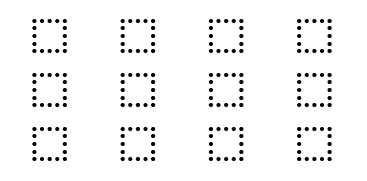 |
| 2 | Empty Matrix inside parenthesis. | \pmatrix(@@&&&)<sp> or (\matrix(@@&&&))<sp> | 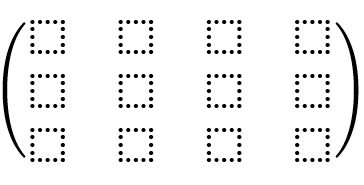 |
| 3 | Empty Matrix inside square brackets | [\matrix(@@&&&)]<sp> | 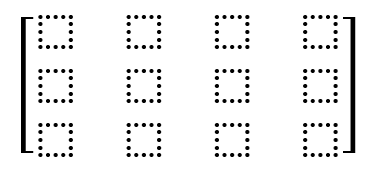 |
| 4 | Empty Matrix inside vertical bar(||) | |\matrix(@@&&&)|<sp> | 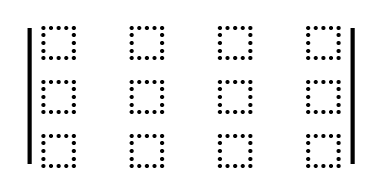 |
| 5 | Empty Matrix inside two vertical bars | \Vmatrix(@@&&&)<sp> | 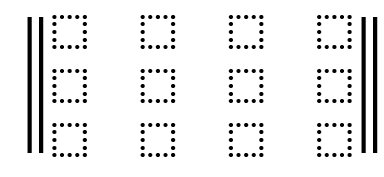 |
Equation editor shortcut for filled matrix
With all the above shortcut, we can also specify matrix elements inside equation editor shortcut. Salient points to note while writing elements are:
- We fill elements one row at a time, starting from the topmost row.
- Use & to go to the next column
- After filling all the columns of current row, use @ to get into the next row
| Sr. No. | Description | Equation Editor Shortcut | Output |
|---|---|---|---|
| 1 | Filled Matrix inside square brackets | [\matrix(1&2&3@4&5&6@7&8&9)] | 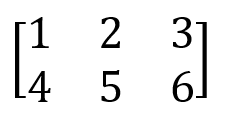 |
| 2 | Filled Matrix inside parenthesis brackets | \pmatrix(1&2@3&4@5&6) |  |
Summary
GUI method for getting matrix is easy & user friendly, but Math Autocorrect shortcut can save much of your time and effort. Math Autocorrect method allows you to create an empty matrix (using \matrix()) and matrix with elements (using \matrix(1&2@3&4) of any dimension.
Related Posts

C P Gupta is a YouTuber and Blogger. He is expert in Microsoft Word, Excel and PowerPoint. His YouTube channel @pickupbrain is very popular and has crossed 9.9 Million Views.